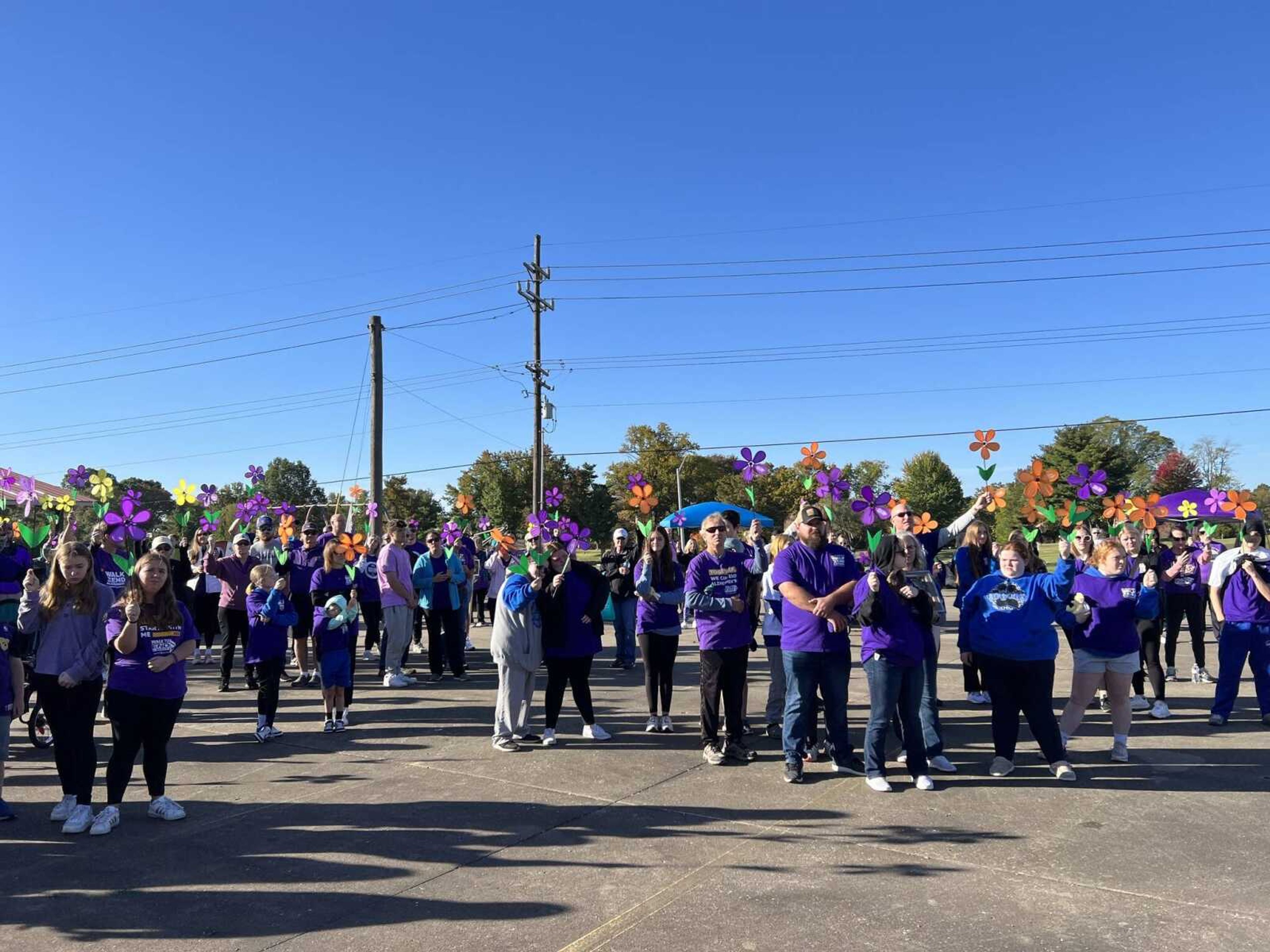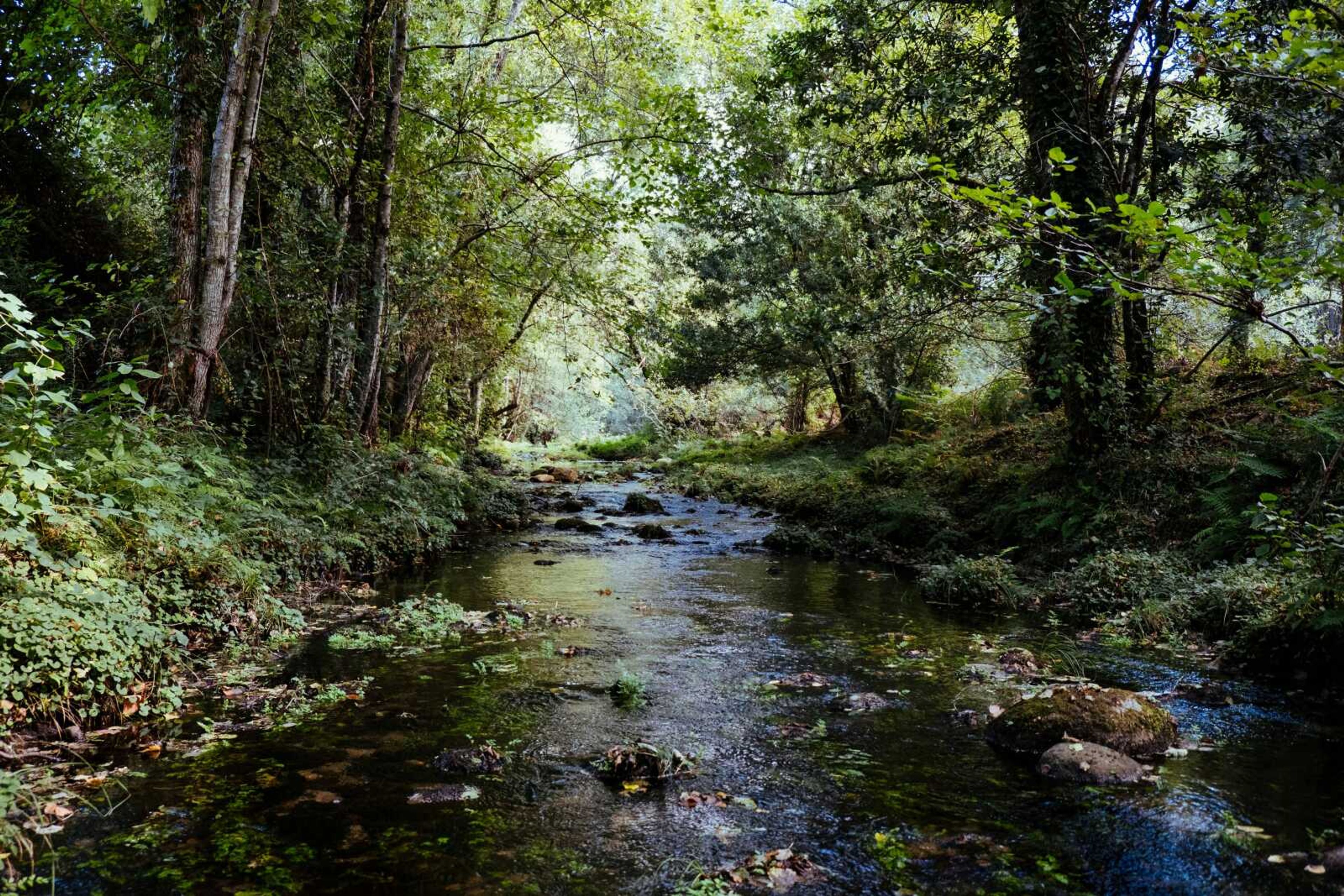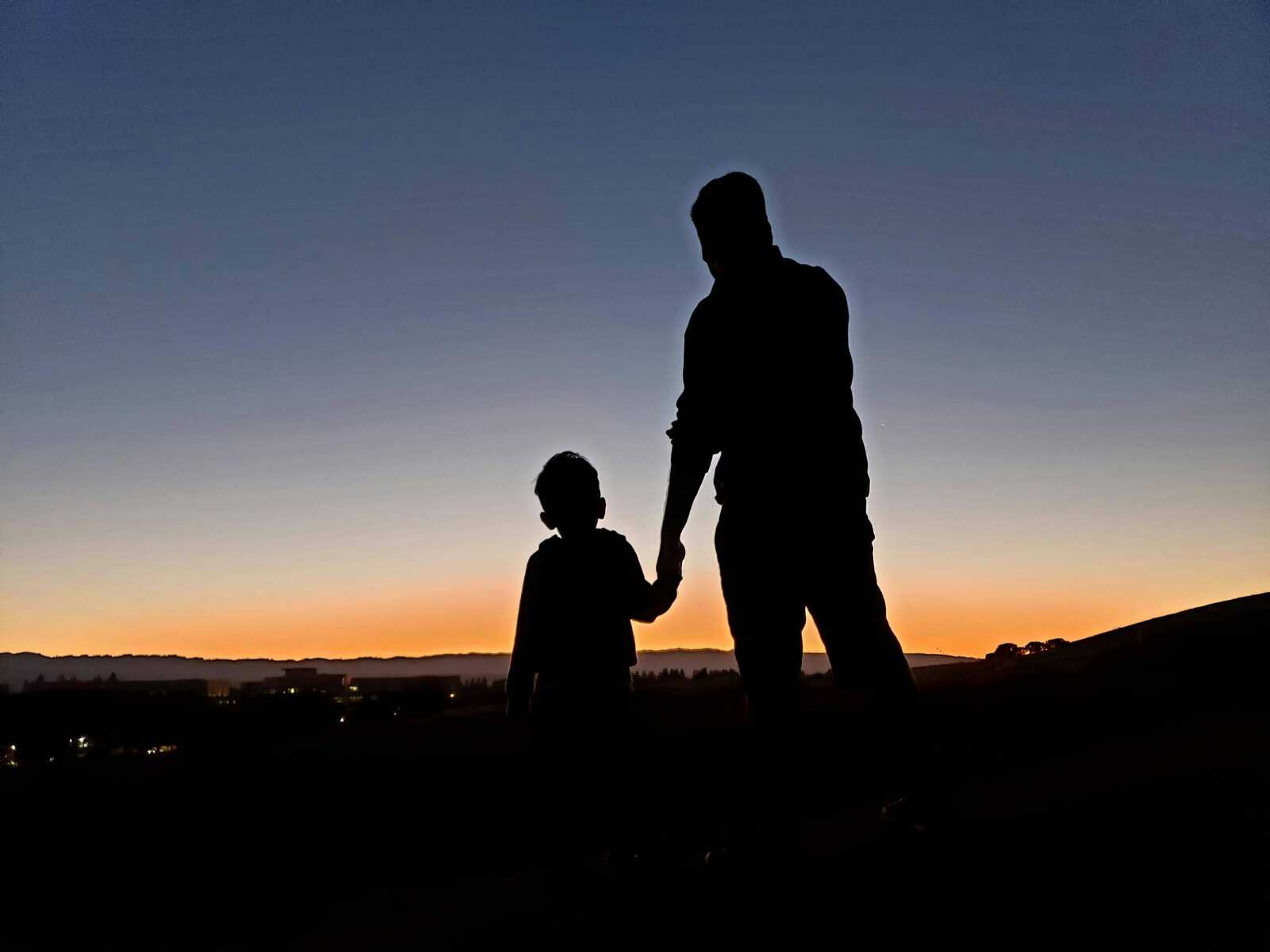The Heart of Bluegrass: It’s all about family
When asked what defines bluegrass music, Tammy Harman, event organizer for the Bootheel Bluegrass Festival, which took place Jan. 20-22 in Fruitland, comes back to the same word: family. “It’s all very family-oriented. There are family bands, entire families come to the festivals, kids grow up in the bluegrass community,” she said...
When asked what defines bluegrass music, Tammy Harman, event organizer for the Bootheel Bluegrass Festival, which took place Jan. 20-22 in Fruitland, comes back to the same word: family.
“It’s all very family-oriented. There are family bands, entire families come to the festivals, kids grow up in the bluegrass community,” she said.
With that in mind, she and her husband Bull Harman work hard to provide a family-friendly atmosphere at the festivals they promote, creating an experience that is pure, wholesome fun.
History and tradition are important aspects of bluegrass and contribute to today’s bluegrass community. Early pioneers of the bluegrass genre are Bill Monroe, known as the “father of bluegrass,” and Earl Scruggs, whose banjo-picking style became the norm for the musicians that followed. Monroe began playing with his brother in Chicago in the 1930s, and he gained notoriety when his band appeared on the Grand Ole Opry stage in 1939, quickly becoming one of the most popular touring acts to emerge from the Nashville music scene. Scruggs joined Monroe’s band in 1945, and then later formed his own band, the Foggy Mountain Boys, introducing America to bluegrass through national television and radio appearances, as well as event appearances across the country.
Bluegrass music is typically played on acoustic instruments such as the mandolin, fiddle, banjo, upright bass and guitar, with roots in blues, jazz and gospel music. The lyrics often tell stories of everyday people and their struggles, and the music is nostalgic while also high-energy.

Today’s bluegrass bands frequently play covers from the founders of the genre back in the ‘30s. Sometimes, multiple bands at a festival will play the same cover, with each adding their own unique flavor. This common musical knowledge among bluegrass musicians also contributes to the family atmosphere. According to Tammy, artists are sometimes putting together a band on the fly, which happened at this year’s festival, since several artists were unable to attend due to COVID-19.
“Many of them know the songs, so it’s not a big deal to join in with someone you don’t know or you’ve never played with,” Harman says.
The bands come together to fill open spots, including Bull, who stepped in to play with Magnolia Wind when one member of the trio was unable to perform. These “on-the-fly” collaborations can result in rousing jam sessions and are often crowd favorites.
Family is also at the core of many bands. New Grass Attack of Drury, Mo., is a five-member band that includes three family members. Cheyenne McIntosh, 22, is the youngest member and has grown up in the bluegrass community.
“We would go to Grandma’s house, and everyone gets together to play music,” McIntosh said. “Now, we make up excuses, so we can get together and play.”

While McIntosh had formal music training from fifth through ninth grades, she says she has been mostly self-taught since. This seems to be the case for many musicians — they simply grew up in a bluegrass family. Tammy and Bull grew up playing bluegrass and attending festivals, and now their son, who met his wife at a festival, regularly plays shows at Silver Dollar City.
These small bluegrass festivals have a broader appeal than one might expect. While most of the attendees at the Bootheel Bluegrass Festival were from Missouri, many traveled from surrounding states and as far away as Tulsa, Okla.
Charlie Herbst, who assists with promoting the festival, attends multiple festivals each year, as do many of the folks who attended this particular festival. As these bluegrass groupies regularly join together to share a common love of music, they develop lifelong friendships, keeping the community strong and active.
The bands also contribute to the larger family atmosphere by interacting with the audience between songs and talking with attendees at their merchandise tables after their set. Several bands took time to recognize veterans in the crowd, thanking them for their service and providing space for dialogue.

In the past few years, bluegrass has held a growing appeal for younger generations and those who did not grow up in the bluegrass family. Adam Grant, 30, of Jackson attended the Bootheel festival after learning about it the day before.
“I’m drawn to bluegrass and metal. I play guitar, and I’m impressed with the pure talent to play like that,” he said. “The lifestyle — when you know music in your heart, and it just comes out.”

The concept of the bluegrass festival began in the 1960s and has grown exponentially since, creating an avenue for musicians to come together and share their craft with a larger audience. Nowadays, one doesn’t have to look hard to find opportunities to enjoy bluegrass music. Organizations such as the Heart of the Ozarks Bluegrass Association and Missouri Area Bluegrass Committee promote multiple festivals throughout the year, supporting musicians and continuing to foster the bluegrass family culture. If you missed this year’s annual festival in Fruitland, mark your calendars for next January!
Connect with the Southeast Missourian Newsroom:
For corrections to this story or other insights for the editor, click here. To submit a letter to the editor, click here. To learn about the Southeast Missourian’s AI Policy, click here.










